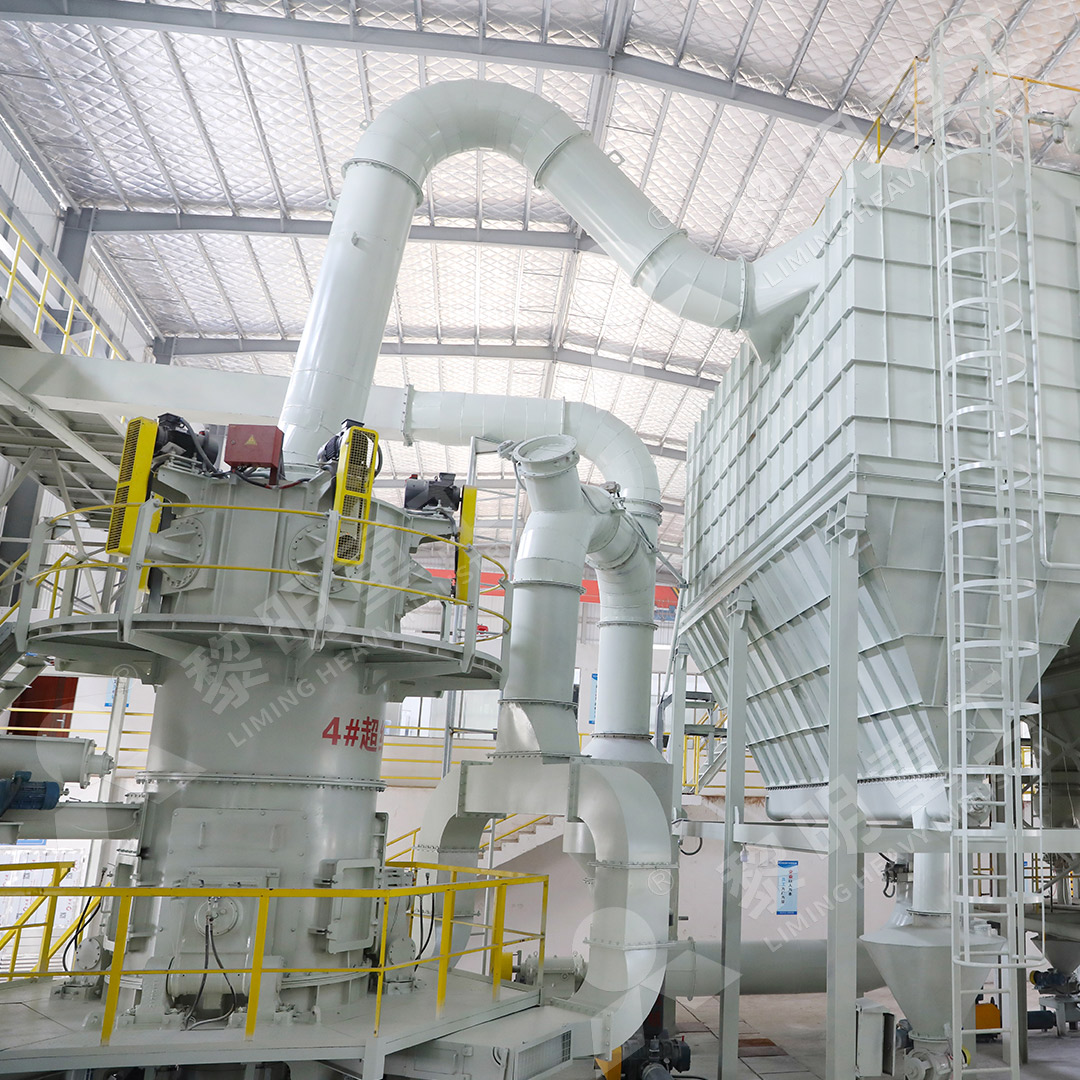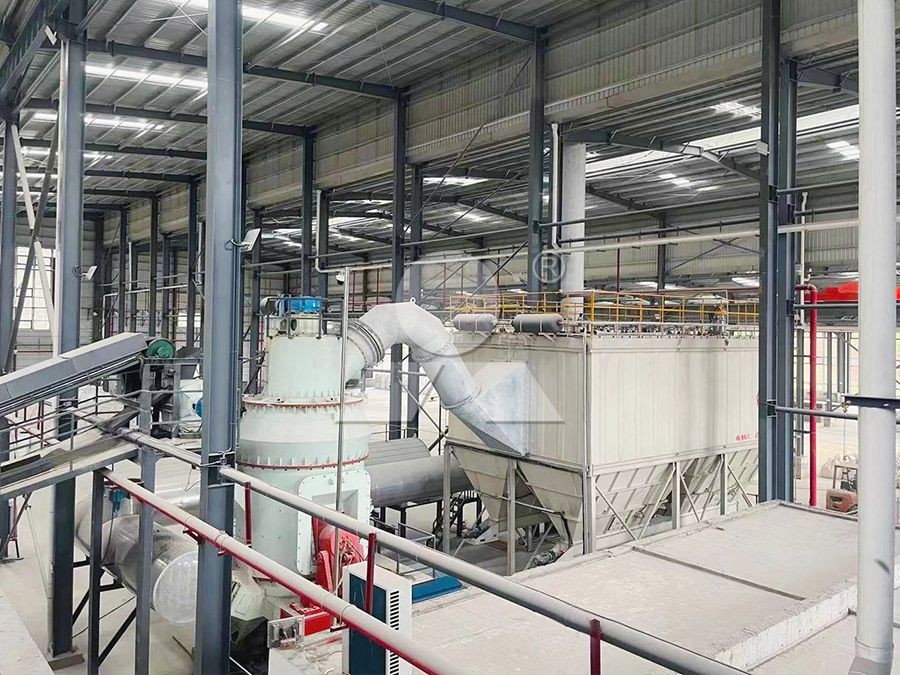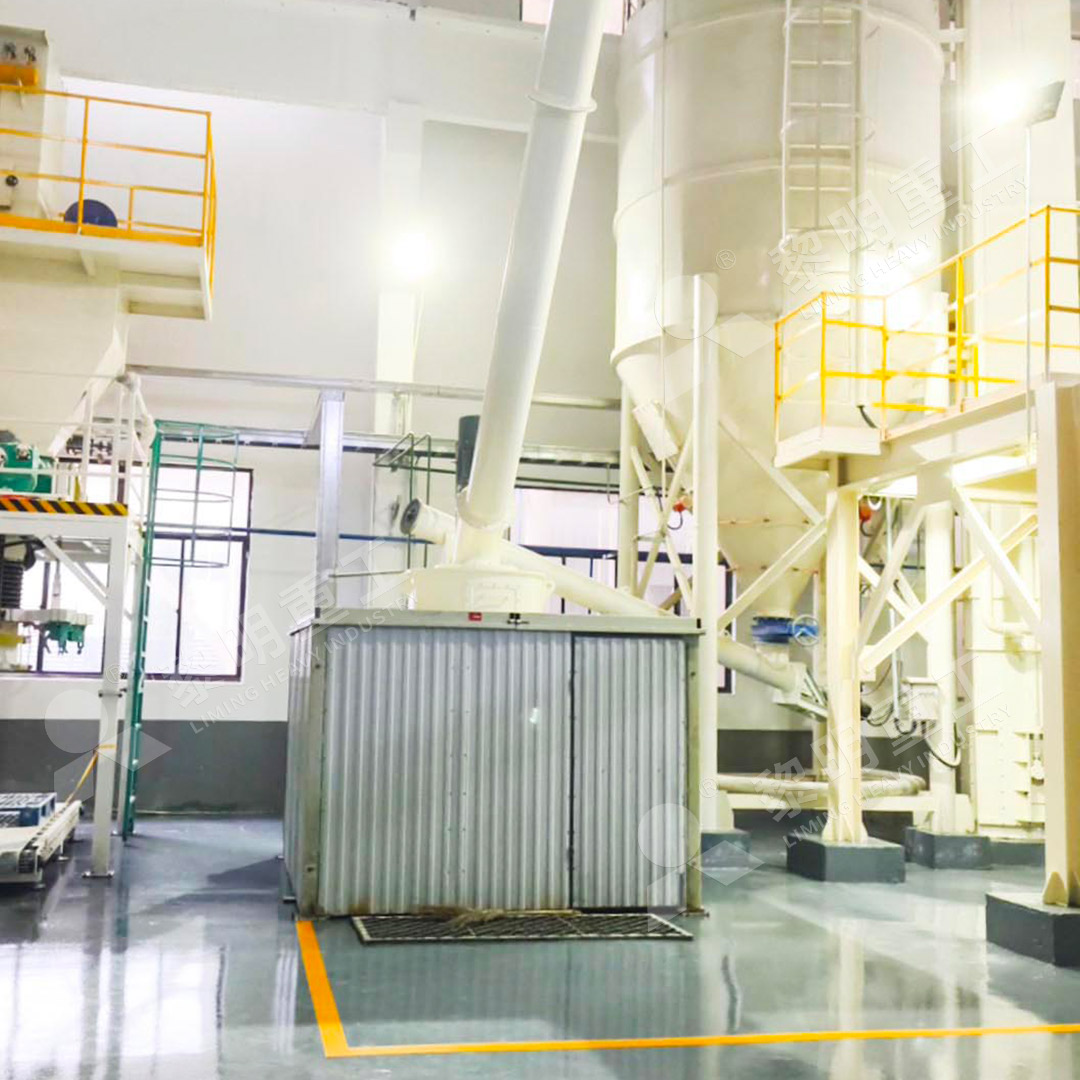Vertical Roller Mill for Efficient Slag Grinding and Processing
Revolutionizing Slag Processing Through Advanced Grinding Technology
The industrial sector continuously seeks innovative solutions for processing challenging materials like slag, a byproduct with significant potential value when properly processed. Traditional grinding methods often fall short in efficiency, energy consumption, and environmental compliance when handling this abrasive material. Modern vertical roller mill technology has emerged as the definitive answer to these challenges, offering unprecedented performance in slag grinding applications.

The Technical Challenges of Slag Grinding
Slag presents unique processing difficulties due to its abrasive nature and variable composition. Conventional grinding systems typically struggle with high wear rates, inconsistent product quality, and excessive energy consumption. The hardness and silica content in slag accelerate equipment wear, while the need for precise particle size distribution demands sophisticated grinding control systems.
Traditional ball mills, while capable of processing slag, suffer from several limitations including high specific energy consumption (typically 40-50 kWh/t), significant space requirements, and complex maintenance procedures. These factors directly impact operational costs and environmental compliance, making alternative solutions increasingly attractive.
Vertical Roller Mill Technology: A Paradigm Shift
Vertical roller mills represent a fundamental advancement in grinding technology, particularly for challenging materials like slag. Unlike traditional systems, VRMs employ a bed compression grinding principle where material is ground between a rotating table and stationary rollers. This approach delivers multiple advantages including significantly lower energy consumption, reduced wear rates, and superior particle size distribution control.
The integration of drying, grinding, classification, and material transport within a single compact unit streamlines operations while minimizing footprint requirements. Advanced control systems continuously monitor and adjust grinding parameters, ensuring consistent product quality despite variations in feed material characteristics.
Specialized Solutions for Slag Applications
For operations focused specifically on slag processing, the LM Vertical Slag Mill stands out as an engineered solution. Designed with a capacity range of 7-100 T/H and handling input sizes of 38-65mm, this specialized mill integrates drying, grinding, powder selection, and conveying in a single efficient package. The system reduces occupied area by approximately 50% compared to ball mill systems while cutting energy consumption by 30-40%.

The LM Vertical Slag Mill incorporates several proprietary technologies specifically developed for handling industrial wastes. Its unique grinding device achieves integration of grinding and powder selection, focusing specifically on slag milling requirements. The system operates as a negative-pressure air-sweep type grinding equipment, simultaneously drying and grinding slag with exceptional efficiency.
Advanced Features for Optimal Performance
Modern vertical roller mills for slag processing incorporate numerous technological innovations. The absence of direct contact between grinding rollers and the table during operation, achieved through sophisticated limiting devices, prevents destructive impacts and ensures operational stability. Hydraulic roller turning-out mechanisms facilitate maintenance by allowing complete roller removal from the mill body, significantly reducing downtime for wear part replacement.
Material residence time within the grinding chamber is typically limited to 2-3 minutes, minimizing contamination risks and enabling rapid quality adjustment. The narrow particle size distribution and uniform particle shape of the final product enhance its value in subsequent applications, particularly in cement production and concrete manufacturing.
Environmental and Operational Benefits
The environmental advantages of vertical roller mill technology extend beyond reduced energy consumption. Complete system operation under negative pressure prevents dust emissions, while the absence of direct metal-to-metal contact during grinding substantially reduces noise levels. These factors contribute to improved workplace conditions and regulatory compliance.
For operations requiring ultra-fine powder production from various materials including slag, the MW Ultrafine Grinding Mill offers exceptional capabilities. With an adjustable fineness range between 325-2500 meshes and capacity of 0.5-25 TPH, this mill delivers higher yielding with lower energy consumption compared to traditional systems. The innovative design eliminates rolling bearings and screws in the grinding chamber, eliminating common failure points and enabling continuous 24-hour operation.

The MW Ultrafine Grinding Mill’s cage-type powder selector, incorporating German technology, ensures precise powder separation with screening rates achieving d97≤5μm in a single pass. The external lubrication system permits maintenance without shutdown, while the integrated pulse dust collector and muffler system maintains environmental compliance throughout operation.
Conclusion
The evolution of vertical roller mill technology has transformed slag from an industrial waste product into a valuable resource. Through advanced grinding principles, sophisticated control systems, and specialized designs, modern mills deliver unprecedented efficiency, reliability, and environmental performance. As industry continues to prioritize sustainability and operational excellence, vertical roller mills will undoubtedly play an increasingly central role in slag processing operations worldwide.
Frequently Asked Questions
What makes vertical roller mills more efficient for slag grinding than traditional ball mills?
Vertical roller mills utilize a bed compression grinding principle rather than the impact/attrition method of ball mills. This approach, combined with integrated drying and classification, reduces energy consumption by 30-50% while providing more consistent product quality.
How does the LM Vertical Slag Mill handle the abrasive nature of slag?
The LM Vertical Slag Mill incorporates wear-resistant materials in critical components and employs a grinding principle that minimizes direct metal-to-metal contact. The hydraulic system maintains optimal grinding pressure while allowing quick adjustment for varying material characteristics.
What particle size distribution can be achieved with modern slag grinding mills?
Specialized mills like the MW Ultrafine Grinding Mill can achieve fineness between 325-2500 meshes with screening rates of d97≤5μm. The LM Vertical Slag Mill produces uniform particle distribution ideal for cement and concrete applications.
How do these systems address environmental concerns?
Modern vertical mills operate under negative pressure to prevent dust emissions, incorporate efficient pulse dust collectors, and utilize noise reduction technologies. Their significantly lower energy consumption also reduces the overall carbon footprint of slag processing operations.
